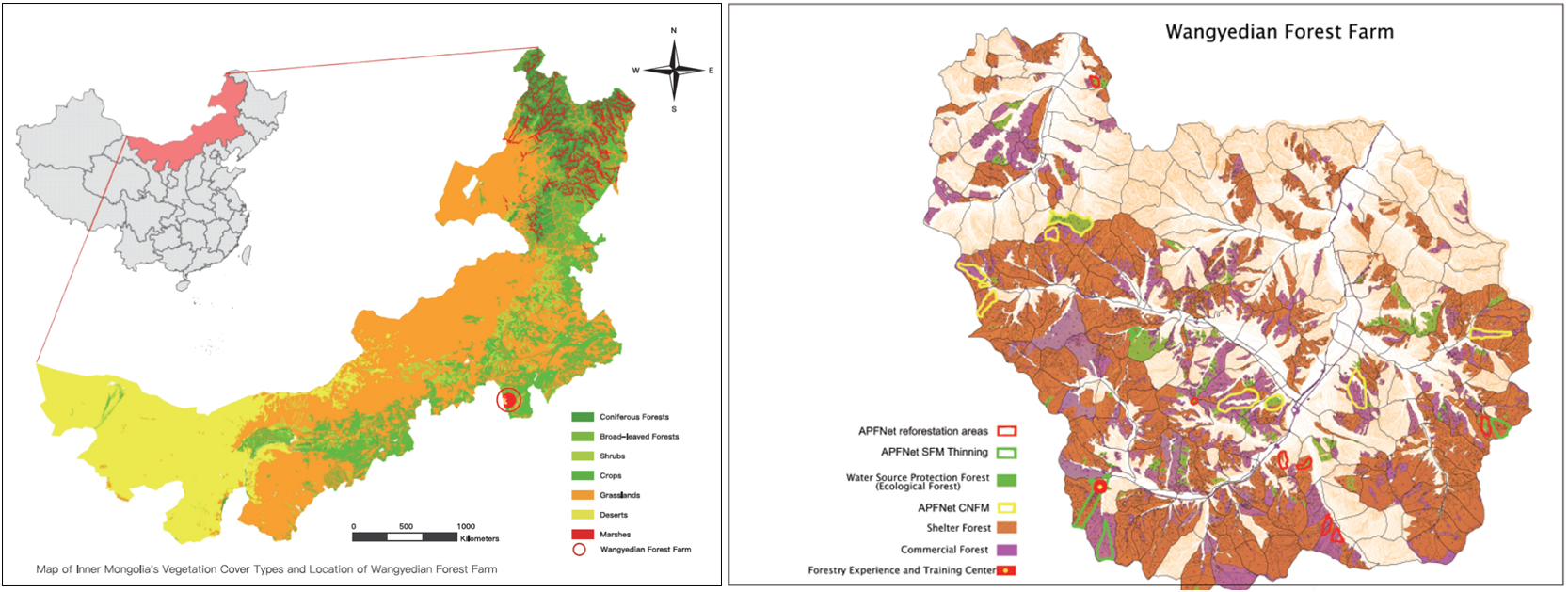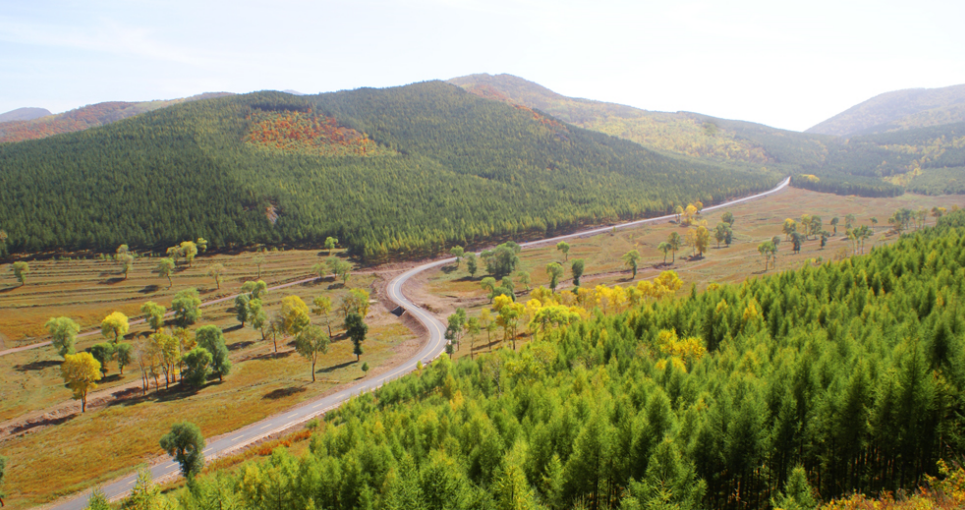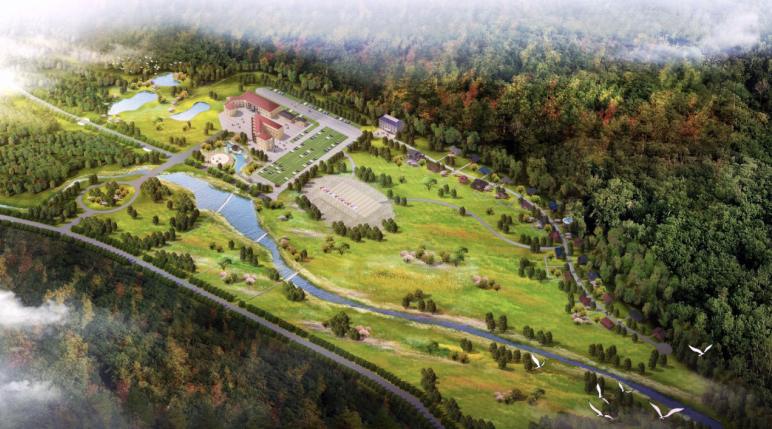Project title: Wangyedian Forest Experience Base Project [2018P6-INM]
Supervisory agency: Chifeng Forest Bureau, Inner Mongolia, China
Executing agency: Wangyedian Forest Farm
Project duration: January 2018–December 2019
Budget in USD (total/APFNet grant) : 3,384,014/2,540,829
Location: Wangyedian Forest Farm, Chifeng, Inner Mongolia, China
Objectives: Build a forest experience base which demonstrates forest therapy, forest experience methods, environmental education and forest ecotourism; Establish a long-term sustainable forest management demonstration site; Establish a wetland experience area to demonstrate the restoration of wetland ecosystems; Renovate the Forest Experience Service and Accommodation Centre.
Expected Outputs: Development of 3.9-ha forest therapy area, including the construction of 27 cabins; Establishment of 667 ha long-term sustainable forest management demonstration site; Operation and renovation of the Forest Experience Service and Accommodation Centre.
Project background
Figure 1. Wangyedian Forest Farm. Photo: Li Fuming
Forests provide a wide range of environmental and social services, including timber production, biodiversity conservation, local climate regulation and many cultural services associated with recreational activities and nature experience. Traditionally, forest management has targeted only a small subset of these benefits, particularly timber production, while ignoring the social benefits which forests provide to people. In the past decades, China has established one of the world’s largest reforestation programmes, but with the main objective to produce timber, typically from growing even-aged, monoculture forest stands dominated by a few economically valuable tree species. These days, government authorities recognize the need to introduce new management practices that value community participation and utilize multiple forest functions, to ensure sustainable production and health of the forest. Since 2011, APFNet has funded two phases of the project “Construction of multifunctional forest management demonstration” in Wangyedian Forest Farm, Inner Mongolia, to demonstrate multifunctional forest management and explore how economic, social and environmental benefits can be balanced and enhanced in one forest farm. The project introduced sustainable forest management (SFM) and close-to-nature forest management (CNFM) principles to the forest farm, demonstrating a full life cycle of forest management. In addition, the project supported the establishment of forest recreation areas and a forestry experience and training centre, to provide education on multifunctional forest management, CNFM and forest rehabilitation.In 2018, based on the outcomes of Phase I and II, APFNet launched the project “Wangyedian forest experience base” in Wangyedian Forest Farm to further promote the cultural services of forests. Guided by sustainable development principles, a forest-oriented experience and education base will be established to serve as a multipurpose facility for forest education and experiences, host exhibitions on forest-related themes, and provide outdoor trails for forest ecotourism and forest therapy.

Figure 2. Location of Wangyedian Forest Farm
Project featured topics
Establishing the forest experience base
With society’s increasing prosperity, the intangible and immaterial benefits forests bring are becoming more important. Forest recreation and ecotourism do not only present new ways forests can benefit people, but also new sources of income and livelihoods. The project will establish a forest experience base, a new type of forest-oriented experience and education platform. It will include the previously constructed APFNet Multifunctional Forest Experience and Training Centre, a 667-ha long-term SFM demonstration site, a multicultural “village” with 24 ethnic huts, representing different economies in the Asia-Pacific region, a 3.9-ha forest therapy area, and an arboretum showcasing the main tree species from the Wangyedian area.
Figure 3. Bird’s eye view of the forest experience base.
♦ Long-term SFM demonstration site. A 200-year forest management plan (2018–2218) has been developed for a 667-ha demonstration site, taking into consideration long-term trends such as climate change and new ecotourism demands to integrate more “colourful” species into the landscape and transform monoculture forests into more resilient natural mixed forests.
♦ The APFNet Multifunctional Forest Experience and Training Centre is an education hub exhibiting forest-related sustainability themes and serves as an outreach and educational platform to share best practices and lessons learned on forest management.
♦
The Forest Experience Service and Accommodation Centre has two meeting rooms and accommodation for around 80 people. Both centres are four hours away from APFNet headquarters, and present an ideal location - both immersed in nature and forests, and close enough for international participants - to conduct workshops and conferences.
♦ Asia-Pacific village with 24 ethnic huts. In this area, 24 ethnic huts offer visitors the opportunity to experience APFNet member economies’ cultures and architecture, each designed according to the style of traditional houses in that economy. The ethnic huts will increase the ecotourism potential of Wangyedian Forest Farm and provide commercial accommodation that can be booked online.
♦
Arboretum. The 8-ha arboretum of Wangyedian collects and showcases the main species present in Wangyedian. No less than 100 species, including trees, shrubs and herbs, are grown in the arboretum, labelled with name plates for visitors to experience the full diversity of Wangyedian’s flora in a short period of time.
♦
The forest therapy area includes a 2.2-km educational and therapeutic forest experience trail. The trail is subdivided into different themes: reforestation, forest biodiversity, forest products, close-to-nature forest management and forest therapy. In each theme, different facilities help tourists understand forests at a deeper level.


